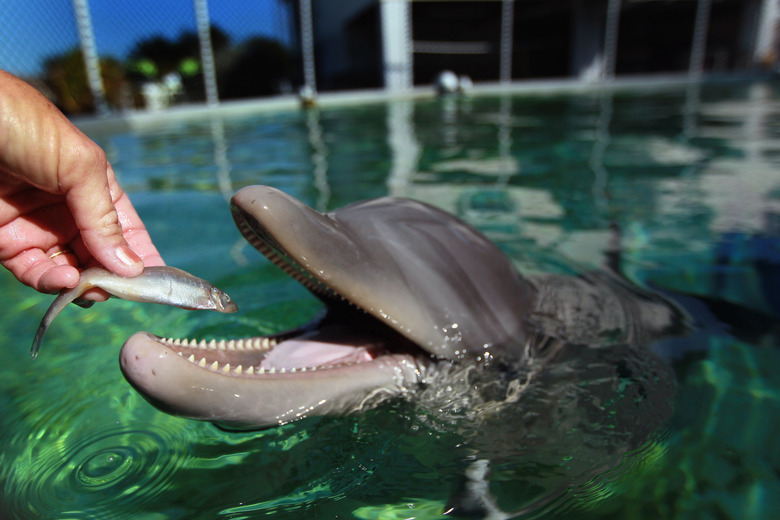Physical Address
Suite 5, 181 High Street,
Willoughby North NSW 2068
Physical Address
Suite 5, 181 High Street,
Willoughby North NSW 2068

It’s somewhat of a mystery. A fish – the dolphin fish – carries the name used for identifying a prominent water mammal – the dolphin. Add to this the fact that the dolphin fish also goes by a number of other names, mostly commonly mahi mahi and dorado, and naturally you’ll have questions about how these names are connected and why.
Dolphins and dolphin fish don’t look like each other and are not even in the same taxonomic group. But they share the same name and cause plenty of confusion. The dolphin fish is a golden-colored creature with sporadic hues of blues, greens, white and yellow. It’s much smaller than the typical dolphin mammal, and has a blunt, flat forehead in contrast with the dolphin’s beaked face. They also vary in size. Most dolphin fish grow to only about three feet long (though some have been as long as six feet) and dolphins are six or more feet in length. While dolphins are protected from capture under the Marine Mammal Protection Act, dolphin fish are heavily fished and most often marketed under the name mahi mahi. To save a syllable and add to the confusion, many refer to the dolphin fish simply as a “dolphin.”
Apparently few answers exist about how and why the term “dolphin” became attached to the mahi mahi fish. In fact, the etymology of the word “dolphin” reveals that the term originally meant “womb.” So the word fits the dolphin, the marine mammal, since female dolphins give birth to live young; they have wombs. Dolphin fish, though, are fish; they don’t have wombs and they don’t look like dolphins. The writing staff at BlueWater magazine had similar questions about the dolphin fish’s strange name and formed one theory. Underwater, the dolphin and dolphin fish make similar high-pitched noises to communicate. So the dolphin fish may get its name because of this dolphin-like trait.